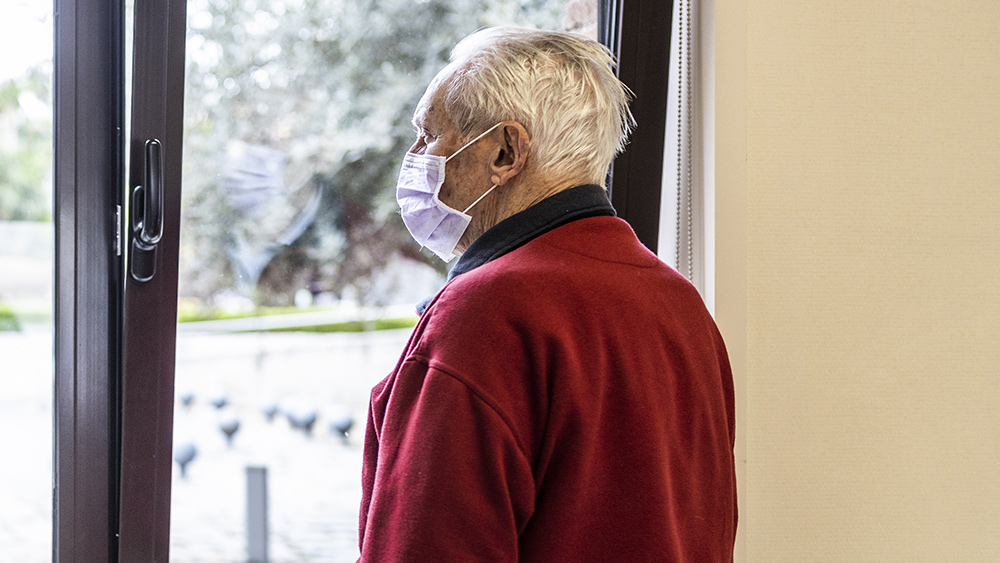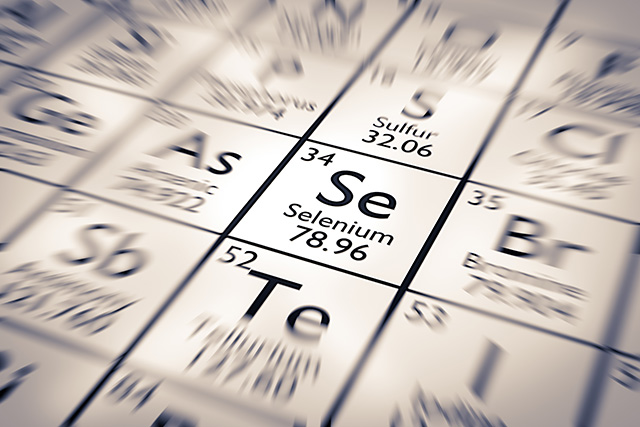Study: Biodynamic preparations could have a positive effect on the chemical compounds of mulberry leaves
05/08/2020 / By Evangelyn Rodriguez

White mulberry (Morus alba) is a small tree native to Northern China that produces white-colored berries. Its leaves are well-known not only for their medicinal uses, but also for serving as food for silkworms.
In Traditional Chinese Medicine (TCM), the different parts of white mulberry are used to treat a variety of illnesses. White mulberry fruits are said to be effective for insomnia, constipation, dizziness and palpitations. Its root bark, meanwhile, is used to relieve cough and asthma and alleviate edema. White mulberry leaves, which are rich in active compounds like flavonoids, are used to treat diabetes and high blood cholesterol.
In a recent study, researchers at Aleksandras Stulginskis University and the Lithuanian University of Health Sciences investigated the effects of biodynamic (BD) preparations on the phytochemical content of white mulberry leaves. BD preparations are organic soil activators that increase the nutrient uptake of plants. The researchers reported their findings in an article published in the journal Biological Agriculture & Horticulture.
Biodynamics and BD preparations
Biodynamics is a holistic, ecological and ethical approach to farming that was developed in the 1920s. Like organic farming, biodynamics does not promote the use of chemicals to cultivate land. Instead, it incorporates a bit of spiritualism and some esoteric ideas into organic farming methods, such as restoring and amplifying subtle energies that may be missing from land by applying biodynamic preparations to soil.
BD preparations are organic materials stuffed into cow horns and buried in pits at certain periods of the year — such as from autumn to spring — depending on the desired effect. Developed by Dr. Rudolf Steiner, an Austrian philosopher and scientist, there are currently eight different types of BD preparations (500 to 508) used in biodynamic farming, each of which serve a different purpose.
For their study, Lithuanian researchers tested the influence of BD preparations 500 and 501 on the chemical composition of white mulberry leaves. BD 500, also known as horn manure, is made by packing manure from a lactating cow into cow horns, which are then buried in autumn on a root day with a descending moon, and then lifted in spring, also on a root day.
Once ready, BD500 is mixed with a small dose of water and applied — either by hand or by spraying — to soil in autumn and spring. This BD preparation is said to bring energies down to the soil by stimulating and sustaining soil microbial communities.
BD501, on the other hand, is made by packing a firm paste made from a mixture of finely ground quartz crystal and good-quality water into cow horns. The horns are then buried in September or early October in the Southern Hemisphere. Quartz crystal is used in BD501 due to its ability to absorb and radiate light, which, when applied in spring at the onset of leaf development and in summer, is believed to enhance photosynthesis in leaves and stimulate optimal fruiting.
BD preparations can increase the phytonutrient content of white mulberry leaves
In 2015 and 2016, the researchers collected leaves from two mulberry cultivars, namely, Plodovaja 3 and Turchanka, which were grown with and without the use of BD preparations. They measured and compared the amounts of phenolic compounds, flavonoids and chlorogenic acid present in the leaves.
The researchers reported that the total concentrations of phenolic compounds (TPCC) and flavonoids (TFC) ranged from 4,483 to 5,005 mg chlorogenic acid equivalent (ChAE)/100 g dry matter (DM) and 2,944 to 3,292 mg ChAE/100 g DM, respectively, for the cultivars grown without BD preparations. The leaves of Turchanka contained the highest TPCC and TFC.
Phytochemical analyses revealed that the major flavonoids present in white mulberry leaves were quercetin-acetylhexoside, isoquercitrin, rutin, kaempferol-acetylhexoside and astragalin. Apart from isoquercitrin and astragalin, flavonoid concentrations varied between the two cultivars.
BD preparations influenced the TPCCs of the two cultivars differently. In Turchanka leaves, BD500 significantly increased both TPCC and TFC by 3.62 percent and 6.1 percent, respectively. Meanwhile, in Plodovaja 3 leaves, BD501 significantly reduced TPCC, TFC and chlorogenic acid concentration.
In contrast, the combination of BD500 and 501 significantly increased the concentrations of quercetin-acetylhexoside and kaempferol-acetylhexoside in the leaves of both cultivars.
Based on these results, the researchers concluded that BD preparations can increase the amount of phenolic compounds in white mulberry leaves. This increase may have a significant and positive impact on the medicinal properties of this herbal remedy.
Learn about other methods of organic farming at OrganicFarming.news.
Sources include:
Tagged Under: biodynamic agriculture, biodynamic preparations, compost, flavonoids, harvest, horn manure, horn silica, organic agriculture, organic farming, phenolic compounds, phytonutrients, quartz crystal, research, soil activators, soil health, soil nutrients




















